HSBC 2005 Annual Report Download - page 117
Download and view the complete annual report
Please find page 117 of the 2005 HSBC annual report below. You can navigate through the pages in the report by either clicking on the pages listed below, or by using the keyword search tool below to find specific information within the annual report.-
 1
1 -
 2
2 -
 3
3 -
 4
4 -
 5
5 -
 6
6 -
 7
7 -
 8
8 -
 9
9 -
 10
10 -
 11
11 -
 12
12 -
 13
13 -
 14
14 -
 15
15 -
 16
16 -
 17
17 -
 18
18 -
 19
19 -
 20
20 -
 21
21 -
 22
22 -
 23
23 -
 24
24 -
 25
25 -
 26
26 -
 27
27 -
 28
28 -
 29
29 -
 30
30 -
 31
31 -
 32
32 -
 33
33 -
 34
34 -
 35
35 -
 36
36 -
 37
37 -
 38
38 -
 39
39 -
 40
40 -
 41
41 -
 42
42 -
 43
43 -
 44
44 -
 45
45 -
 46
46 -
 47
47 -
 48
48 -
 49
49 -
 50
50 -
 51
51 -
 52
52 -
 53
53 -
 54
54 -
 55
55 -
 56
56 -
 57
57 -
 58
58 -
 59
59 -
 60
60 -
 61
61 -
 62
62 -
 63
63 -
 64
64 -
 65
65 -
 66
66 -
 67
67 -
 68
68 -
 69
69 -
 70
70 -
 71
71 -
 72
72 -
 73
73 -
 74
74 -
 75
75 -
 76
76 -
 77
77 -
 78
78 -
 79
79 -
 80
80 -
 81
81 -
 82
82 -
 83
83 -
 84
84 -
 85
85 -
 86
86 -
 87
87 -
 88
88 -
 89
89 -
 90
90 -
 91
91 -
 92
92 -
 93
93 -
 94
94 -
 95
95 -
 96
96 -
 97
97 -
 98
98 -
 99
99 -
 100
100 -
 101
101 -
 102
102 -
 103
103 -
 104
104 -
 105
105 -
 106
106 -
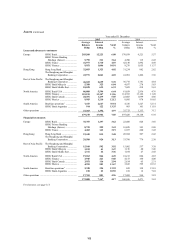 107
107 -
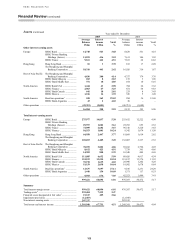 108
108 -
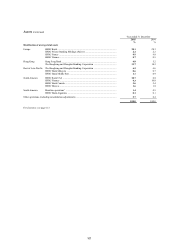 109
109 -
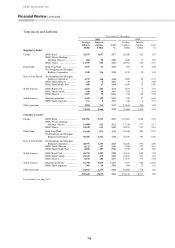 110
110 -
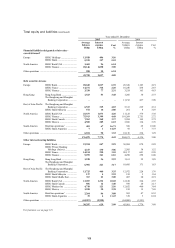 111
111 -
 112
112 -
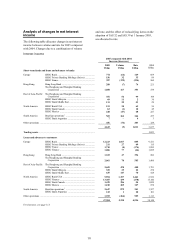 113
113 -
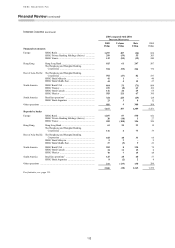 114
114 -
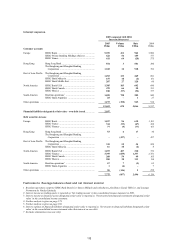 115
115 -
 116
116 -
 117
117 -
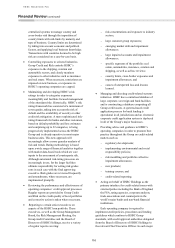 118
118 -
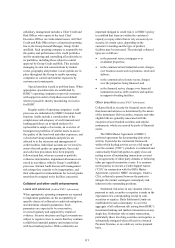 119
119 -
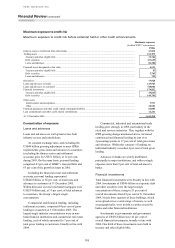 120
120 -
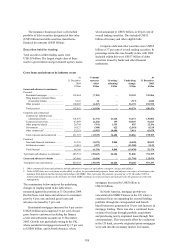 121
121 -
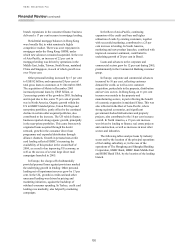 122
122 -
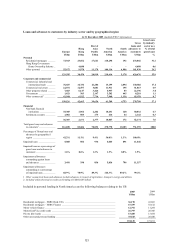 123
123 -
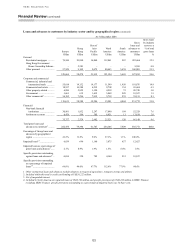 124
124 -
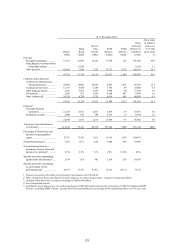 125
125 -
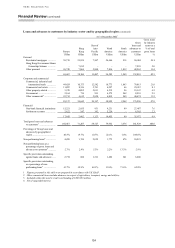 126
126 -
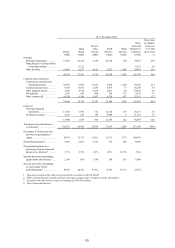 127
127 -
 128
128 -
 129
129 -
 130
130 -
 131
131 -
 132
132 -
 133
133 -
 134
134 -
 135
135 -
 136
136 -
 137
137 -
 138
138 -
 139
139 -
 140
140 -
 141
141 -
 142
142 -
 143
143 -
 144
144 -
 145
145 -
 146
146 -
 147
147 -
 148
148 -
 149
149 -
 150
150 -
 151
151 -
 152
152 -
 153
153 -
 154
154 -
 155
155 -
 156
156 -
 157
157 -
 158
158 -
 159
159 -
 160
160 -
 161
161 -
 162
162 -
 163
163 -
 164
164 -
 165
165 -
 166
166 -
 167
167 -
 168
168 -
 169
169 -
 170
170 -
 171
171 -
 172
172 -
 173
173 -
 174
174 -
 175
175 -
 176
176 -
 177
177 -
 178
178 -
 179
179 -
 180
180 -
 181
181 -
 182
182 -
 183
183 -
 184
184 -
 185
185 -
 186
186 -
 187
187 -
 188
188 -
 189
189 -
 190
190 -
 191
191 -
 192
192 -
 193
193 -
 194
194 -
 195
195 -
 196
196 -
 197
197 -
 198
198 -
 199
199 -
 200
200 -
 201
201 -
 202
202 -
 203
203 -
 204
204 -
 205
205 -
 206
206 -
 207
207 -
 208
208 -
 209
209 -
 210
210 -
 211
211 -
 212
212 -
 213
213 -
 214
214 -
 215
215 -
 216
216 -
 217
217 -
 218
218 -
 219
219 -
 220
220 -
 221
221 -
 222
222 -
 223
223 -
 224
224 -
 225
225 -
 226
226 -
 227
227 -
 228
228 -
 229
229 -
 230
230 -
 231
231 -
 232
232 -
 233
233 -
 234
234 -
 235
235 -
 236
236 -
 237
237 -
 238
238 -
 239
239 -
 240
240 -
 241
241 -
 242
242 -
 243
243 -
 244
244 -
 245
245 -
 246
246 -
 247
247 -
 248
248 -
 249
249 -
 250
250 -
 251
251 -
 252
252 -
 253
253 -
 254
254 -
 255
255 -
 256
256 -
 257
257 -
 258
258 -
 259
259 -
 260
260 -
 261
261 -
 262
262 -
 263
263 -
 264
264 -
 265
265 -
 266
266 -
 267
267 -
 268
268 -
 269
269 -
 270
270 -
 271
271 -
 272
272 -
 273
273 -
 274
274 -
 275
275 -
 276
276 -
 277
277 -
 278
278 -
 279
279 -
 280
280 -
 281
281 -
 282
282 -
 283
283 -
 284
284 -
 285
285 -
 286
286 -
 287
287 -
 288
288 -
 289
289 -
 290
290 -
 291
291 -
 292
292 -
 293
293 -
 294
294 -
 295
295 -
 296
296 -
 297
297 -
 298
298 -
 299
299 -
 300
300 -
 301
301 -
 302
302 -
 303
303 -
 304
304 -
 305
305 -
 306
306 -
 307
307 -
 308
308 -
 309
309 -
 310
310 -
 311
311 -
 312
312 -
 313
313 -
 314
314 -
 315
315 -
 316
316 -
 317
317 -
 318
318 -
 319
319 -
 320
320 -
 321
321 -
 322
322 -
 323
323 -
 324
324 -
 325
325 -
 326
326 -
 327
327 -
 328
328 -
 329
329 -
 330
330 -
 331
331 -
 332
332 -
 333
333 -
 334
334 -
 335
335 -
 336
336 -
 337
337 -
 338
338 -
 339
339 -
 340
340 -
 341
341 -
 342
342 -
 343
343 -
 344
344 -
 345
345 -
 346
346 -
 347
347 -
 348
348 -
 349
349 -
 350
350 -
 351
351 -
 352
352 -
 353
353 -
 354
354 -
 355
355 -
 356
356 -
 357
357 -
 358
358 -
 359
359 -
 360
360 -
 361
361 -
 362
362 -
 363
363 -
 364
364 -
 365
365 -
 366
366 -
 367
367 -
 368
368 -
 369
369 -
 370
370 -
 371
371 -
 372
372 -
 373
373 -
 374
374 -
 375
375 -
 376
376 -
 377
377 -
 378
378 -
 379
379 -
 380
380 -
 381
381 -
 382
382 -
 383
383 -
 384
384 -
 385
385 -
 386
386 -
 387
387 -
 388
388 -
 389
389 -
 390
390 -
 391
391 -
 392
392 -
 393
393 -
 394
394 -
 395
395 -
 396
396 -
 397
397 -
 398
398 -
 399
399 -
 400
400 -
 401
401 -
 402
402 -
 403
403 -
 404
404 -
 405
405 -
 406
406 -
 407
407 -
 408
408 -
 409
409 -
 410
410 -
 411
411 -
 412
412 -
 413
413 -
 414
414 -
 415
415 -
 416
416 -
 417
417 -
 418
418 -
 419
419 -
 420
420 -
 421
421 -
 422
422 -
 423
423 -
 424
424
 |
 |

115
Risk management
(Audited IFRS 7 information)
All HSBC’s activities involve analysis, evaluation,
acceptance and management of some degree of risk
or combination of risks. The most important types of
risk are credit risk (which includes country and
cross-border risk), liquidity risk, market risk,
residual value risk, reputational risk, operational risk
and insurance risk. Market risk includes foreign
exchange, interest rate and equity price risk.
HSBC’s risk management policies are designed
to identify and analyse these risks, to set appropriate
risk limits and controls, and to monitor the risks and
adherence to limits by means of reliable and up-to-
date administrative and information systems. HSBC
regularly reviews its risk management policies and
systems to reflect changes in markets, products and
emerging best practice. Individual responsibility and
accountability, instilled through training, are designed
to deliver a disciplined, conservative and constructive
culture of risk management and control.
The Group Management Board, under authority
delegated by the Board of Directors, formulates high
level Group risk management policy. A separately
constituted Risk Management Meeting monitors risk
and receives reports which allow it to review the
effectiveness of HSBC’s risk management policies.
The management of all risks that are significant
to HSBC is discussed below. The insurance
businesses manage their own credit, liquidity and
market risk along with insurance risk, so these risks
are discussed separately from those relating to the
rest of HSBC in the ‘Risk management of insurance
operations’ section.
Credit risk management
(Audited IFRS 7 information)
Credit risk is the risk of financial loss if a customer
or counterparty fails to meet an obligation under a
contract. It arises principally from lending, trade
finance, treasury and leasing business. HSBC has
standards, policies and procedures dedicated to
controlling and monitoring risk from all such
activities.
Within Group Head Office, a separate function,
Group Credit and Risk, is mandated to provide high-
level centralised management of credit risk for
HSBC worldwide. Group Credit and Risk is headed
by a Group General Manager who reports to the
Group Chief Executive. Its responsibilities include
the following:
• Formulating credit policies. These are embodied
in the HSBC standards with which all HSBC’s
operating companies are required to comply in
formulating and recording in dedicated manuals
their own more detailed credit policies and
procedures. All such credit policies and
procedures are monitored by Group Credit
and Risk.
• Establishing and maintaining HSBC’s large
credit exposure policy. This policy delineates
HSBC’s maximum exposures to individual
customers, customer groups and other risk
concentrations in an approach which is designed
to be more conservative than internationally
accepted regulatory standards. All HSBC’s
operating companies are required to comply
with the policy.
• Issuing lending guidelines to HSBC’s operating
companies on the Group’s attitude towards, and
appetite for, lending to, inter alia, specified
market sectors and industries. Each HSBC
operating company and major business unit is
required to base its own lending guidelines on
HSBC’s standards, regularly update them and
disseminate them to all credit and lending
executives.
• Undertaking an independent review and
objective assessment of risk. Group Credit and
Risk assesses all commercial non-bank credit
facilities originated by HSBC’s operating
companies in excess of designated limits, prior
to the facilities being committed to customers.
Operating companies may not confirm credit
approval without this concurrence. Renewals
and reviews of commercial non-bank facilities
over designated levels are subject to the same
process.
• Controlling exposures to banks and other
financial institutions. HSBC’s credit and
settlement risk limits to counterparties in the
finance and government sectors are approved
centrally to optimise the use of credit
availability and avoid excessive risk
concentration. A dedicated unit within Group
Credit and Risk controls and manages these
exposures globally using centralised systems
and automated processes.
• Managing exposures to debt securities by
establishing controls in respect of the liquidity
of securities held for trading and setting issuer
limits for securities held-to-maturity. Separate
portfolio limits are established for asset-backed
securities and similar instruments.
• Controlling cross-border exposures. A dedicated
unit within Group Credit and Risk uses
